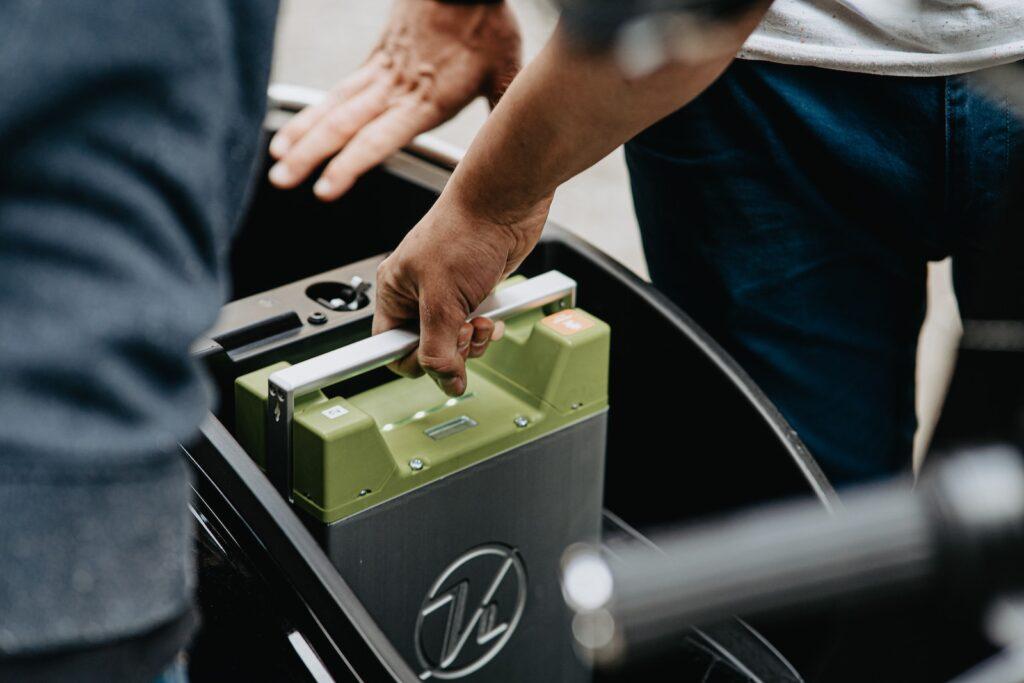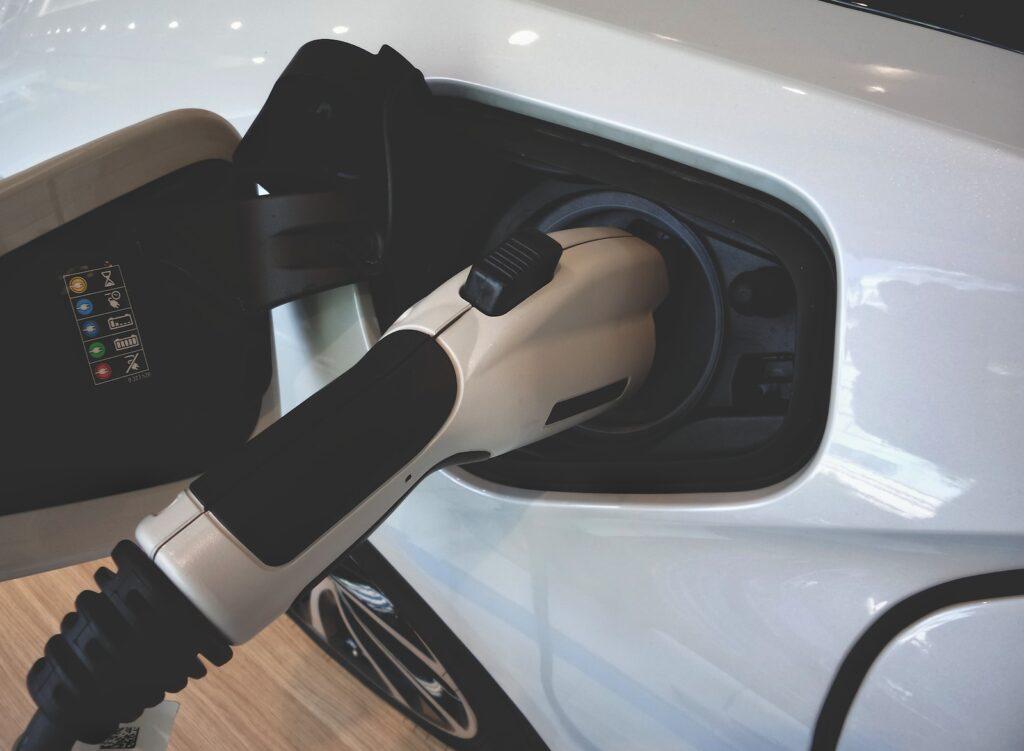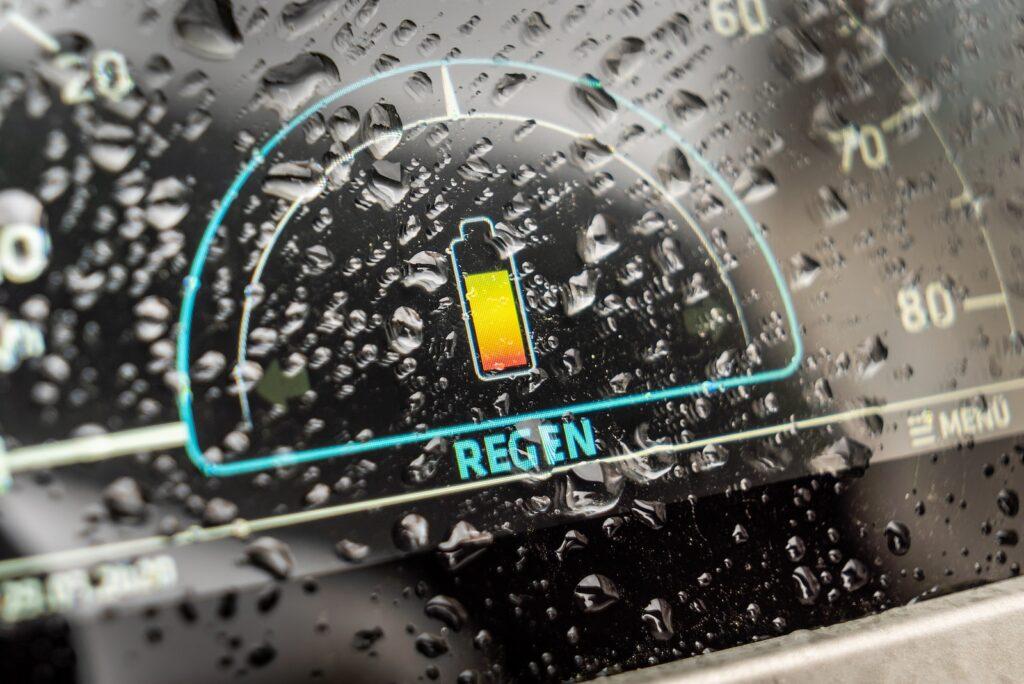Can You Jump Start A Boat Battery From A Car
Key Takeaways:
Ensure that both the boat and car batteries are of the same voltage (usually 12 volts) to prevent damage to electrical systems.
Always wear protective gear and ensure that the car is turned off before connecting the cables to prevent sparks or short circuits.
Connect the positive (red) jumper cable to the positive terminal of the boat battery and the other end to the positive terminal of the car battery. Then, connect the negative (black) cable to the car battery’s negative terminal and the other end to a metal part of the boat’s engine block or chassis, away from the battery, to serve as a ground.
Start the car engine and let it run for a few minutes to charge the boat battery before attempting to start the boat. Once the boat engine starts, disconnect the jumper cables in the reverse order of connection.
Can you jump start a boat battery from a car? Absolutely! If you find yourself stranded on the water with a dead battery, fear not. With a few safety precautions and the right tools, you can easily revive your boat battery using your car.
In this article, we will guide you through the step-by-step process of jump starting your boat battery from a car, giving you the freedom to get back on the water in no time.
Safety Precautions
Before attempting to jump start a boat battery from a car, you should ensure that both vehicles are parked in a safe and stable position. Safety is paramount when dealing with any kind of automotive maintenance, and jump starting a boat battery is no exception. Make sure that both the car and the boat are in park or neutral with the parking brake engaged. This will prevent any accidental movement during the jump starting process.
Next, check that the ignition of both vehicles is turned off. This will prevent any unwanted sparks or electrical surges that could potentially cause harm. Safety is key, so it’s important to take precautions to protect yourself and others.
You should always wear protective gear, such as gloves and safety glasses, when working with batteries. Battery acid can be corrosive and cause injury if it comes into contact with your skin or eyes. By wearing protective gear, you can minimize the risk of harm.

Checking Battery Compatibility
To successfully jump start a boat battery from a car, you must ensure that the batteries of both vehicles are compatible. Checking battery compatibility is crucial for a successful jump start. Start by examining the voltage of both batteries. Most car batteries operate on a 12-volt system, while boat batteries may have different voltage ratings. Make sure that the voltage of the boat battery matches or is close to that of the car battery.
Additionally, check the size and terminal configuration of the batteries. The size should match, and the positive and negative terminals should align properly. If the batteries aren’t compatible in terms of voltage, size, or terminal configuration, attempting to jump start the boat battery from a car may cause damage to both batteries.
It’s important to note that not all boat batteries can be jump started in this manner, as some may require specialized equipment or professional assistance. Therefore, it’s essential to consult the boat and car manuals or seek advice from a professional to ensure compatibility and prevent any potential damage.
Gathering the Necessary Tools
Once you have confirmed battery compatibility, gather the necessary tools for jump starting a boat battery from a car. It’s important to have everything you need before attempting to jump start the battery, as it will make the process smoother and more efficient.
Here are the tools you’ll need:
- Jumper cables: Make sure you have a set of jumper cables that are long enough to reach from the car’s battery to the boat’s battery. Ensure that the cables are in good condition and free of any damage.
- Safety gloves: It’s always a good idea to wear safety gloves when handling jumper cables and working with batteries. This will protect your hands from any potential electrical shocks or sparks.
- Safety goggles: Protect your eyes with safety goggles to prevent any debris or sparks from getting into your eyes during the jump start process.
- A functioning car battery: Ensure that the car you’re using to jump start the boat battery has a fully charged and functioning battery. It won’t be effective if the car’s battery is dead or weak.
Connecting the Jumper Cables
To connect the jumper cables, simply follow these steps.
Make sure both the car and boat are turned off. This will prevent any electrical accidents.
Take one end of the positive (red) jumper cable and attach it to the positive terminal on the car battery. The positive terminal is usually marked with a plus sign.
Next, connect the other end of the positive jumper cable to the positive terminal on the boat battery. Again, look for the plus sign to identify the positive terminal.
Now, take one end of the negative (black) jumper cable and attach it to the negative terminal on the car battery. The negative terminal is usually marked with a minus sign.
Connect the other end of the negative jumper cable to a metal part on the boat’s engine block. This will provide a proper ground connection.
Once all the connections are secure, start the car and let it run for a few minutes to allow the boat battery to charge. After that, you should be good to go!

Connect The Cables
The first step is to connect the jumper cables to the boat battery and the car battery. Connect the red cable to the positive terminals of both batteries and the black cable to the negative terminals. Make sure that the cables are connected firmly and securely.
Start The Car
Once the cables are connected, start the car. This will begin the process of transferring power from the car battery to the boat battery. Keep the car running for a few minutes to ensure that the boat battery has enough power to start.
Start The Boat
Once the car has been running for a few minutes, you can try to start the boat. If the boat starts, you can then disconnect the jumper cables and get back to shore.
Tips For Jump Starting A Boat Battery From A Car
Jump starting a boat battery from a car is a relatively simple process that can be done relatively quickly. Make sure the car and boat are both turned off and the parking brakes are engaged. Check that the car battery is fully charged and the connections are tight and secure. Connect the positive cable from the car to the positive terminal on the boat battery and the negative cable to an unpainted metal surface on the boat, away from the battery. Start the car and allow it to run for a few minutes to charge the boat battery. Once the boat battery is charged, disconnect the cables in the reverse order and you’re ready to go!
Check The Battery
Before attempting to jump start the boat battery, make sure that it is still in good condition and not damaged. If the battery is damaged or too old, it may not be able to hold a charge and will need to be replaced.
Check The Cables
Make sure that the jumper cables are in good condition and not frayed or damaged. If there is any damage, the cables may not be able to transfer power properly.
Check The Connections
Once the cables are connected, make sure that the connections are tight and secure. Loose connections can cause an electrical short, which can be dangerous.
Why Is It Important To Jump Start A Boat Battery From A Car?

Jump starting a boat battery from a car can be a lifesaver if you find yourself stranded out on the water. By jump starting the boat’s battery, you can get back to shore and avoid any further problems. It is also important to jump start a boat battery from a car to prevent further damage to the boat’s battery. A dead battery can become corroded over time, and jump starting it can help to prevent this from happening.
Check The Alternator
Before attempting to jump start the boat battery, it is important to check the alternator of the car. If the alternator is not working properly, it may not be able to provide enough power to jump start the boat.
Check The Voltage
To ensure a successful jump start, it is important to check the voltage of both batteries. The voltage of the car battery should match the voltage of the boat battery.
Check The Battery Level
You should also check the level of the boat battery before attempting to jump start it. If the battery is too low, it may not be able to hold a charge and may need to be replaced.
What To Do After Jump Starting A Boat Battery From A Car
After jump starting a boat battery from a car, it is important to allow the battery to charge for several hours before attempting to start the boat. It is also important to make sure all batteries are properly connected and all cables are securely attached. You should check for any signs of damage on the batteries or cables, and replace any that may be defective. Finally, you should check the boat’s electrical system to ensure that it is functioning properly.
Monitor The Battery
Once the boat is running, it is important to monitor the battery and make sure that it is charging properly. If the battery is not charging, you may need to check the alternator or other electrical components of the boat.
Check The Cables
You should also check the jumper cables after the jump start to make sure that they are still in good condition and not damaged. If they are damaged, they should be replaced.
Check The Battery Level
Once the boat is running, you should check the battery level to make sure that it is still at a safe level. If the battery is low, you may need to charge it before taking the boat out on the water.
Starting the Boat Engine
Now that the boat battery has been jump-started from the car, you can start the boat engine. It’s time to get back on the water and feel the freedom of the open sea.
Follow these simple steps to start your boat engine:
- Make sure the boat is in neutral: Before starting the engine, ensure that the boat’s gearshift is in the neutral position. This prevents any accidental movement or damage to the engine.
- Turn the ignition key: Insert the key into the boat’s ignition and turn it clockwise. You should hear the engine come to life, ready to propel you forward.
- Give it a little gas: Once the engine is running, give it a slight push on the throttle to increase the revs. This will help warm up the engine and ensure a smooth start.
Remember, with freedom comes responsibility. Always be mindful of safety precautions while operating your boat. Keep an eye on your surroundings, follow the rules of the waterway, and enjoy the freedom of the open waters responsibly.
Now, go out there and make some waves!
Disconnecting the Jumper Cables
Before disconnecting the jumper cables, ensure that both the boat battery and the car battery are turned off. This is an important step to prevent any electrical mishaps or accidents. Once you have confirmed that both batteries are off, follow the steps below to safely disconnect the jumper cables:
| Step | Action |
|---|---|
| 1 | Start by removing the negative (-) jumper cable from the boat battery’s negative terminal. |
| 2 | Next, remove the negative (-) jumper cable from the car battery’s negative terminal. |
| 3 | Now, remove the positive (+) jumper cable from the car battery’s positive terminal. |
| 4 | Lastly, remove the positive (+) jumper cable from the boat battery’s positive terminal. |
Remember to always disconnect the cables in the reverse order that you connected them. This ensures a smooth and safe disconnection process. Once the jumper cables are disconnected, you can turn on the boat battery and start enjoying your freedom on the water. Always be cautious and follow the necessary safety precautions when handling electrical connections, as it is vital to maintain a safe boating experience.
Can I jump-start a boat battery using a car?
Yes, it is possible to jump-start a boat battery using a car. The process is similar to jump-starting a car battery, but there are some important considerations to keep in mind.
What precautions should I take when jump-starting a boat battery from a car?
When jump-starting a boat battery from a car, it’s important to ensure that both vehicles are turned off and in park or neutral. Additionally, make sure the jumper cables are securely connected and that the boat’s battery is not frozen or leaking. Take caution to avoid touching the jumper cable clamps together or letting them touch any metal surfaces other than the intended battery terminals.
Are there any risks associated with jump-starting a boat battery from a car?
Jump-starting a boat battery from a car carries some risks, such as the potential for electrical shock or damage to either vehicle’s electrical system. It’s important to follow the correct procedure and ensure proper connections.
